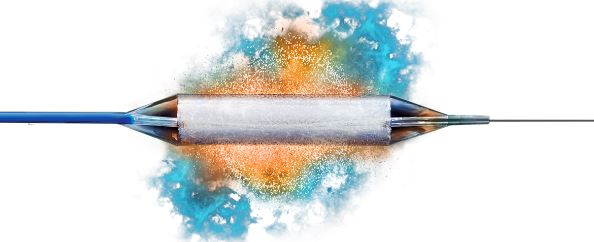Evolution of Treatment Paths for Urethral Stricture Disease: From Traditional Approaches to Innovative Solutions like Optilume® Balloon Treatment


![]()
Urethral stricture disease has long been a challenging condition to manage, requiring various interventions to address the narrowing or blockage of the urethra effectively. Over time, the treatment landscape for urethral strictures has evolved significantly, from traditional surgical approaches to the emergence of minimally invasive techniques like Optilume® balloon treatment. In this article, we’ll explore the evolution of treatment paths for urethral stricture disease, highlighting the role of Optilume® balloon treatment in reshaping the management paradigm.
Traditional Approaches
Historically, the treatment of urethral strictures has relied on traditional surgical interventions, including:
1. Dilation: Mechanical dilation involves the gradual stretching of the narrowed urethral segment using a series of progressively larger instruments or dilators. While effective in some cases, dilation may be associated with a risk of tissue trauma and stricture recurrence.
2. Urethrotomy: Urethrotomy entails the incision or cutting of the narrowed portion of the urethra using a surgical instrument called a urethrotome. This procedure aims to widen the stricture and improve urine flow but may be limited by the risk of scar tissue formation and stricture recurrence.
3. Urethroplasty: Urethroplasty is a surgical reconstruction procedure that involves excising the narrowed segment of the urethra and reconstructing it using tissue grafts or flaps. While urethroplasty offers durable results, it is more invasive and may require a longer recovery period.
Emerging Technologies
In recent years, advancements in medical technology have led to the development of innovative treatments for urethral stricture disease, including:
1. Optilume® Balloon Treatment: Optilume® represents a novel approach to treating urethral strictures by combining controlled dilation with drug coating technology. During the procedure, a specially designed balloon catheter is inserted into the narrowed urethral segment and inflated to dilate the stricture gently. Additionally, the balloon catheter releases a therapeutic agent directly into the stricture site, aiming to reduce inflammation and promote tissue healing. Optilume® offers the advantage of being minimally invasive, with potential benefits such as shorter recovery times and reduced risk of complications compared to traditional surgical interventions1.
Clinical Efficacy and Future Directions:
Preliminary studies and clinical trials have shown promising results with Optilume® balloon treatment for urethral stricture disease. These studies have demonstrated improvements in urinary flow rates, reductions in stricture recurrence rates, and overall symptomatic relief in treated patients1. However, further research and long-term follow-up are needed to establish the efficacy and safety profile of Optilume® conclusively.
Conclusion
The evolution of treatment paths for urethral stricture disease reflects ongoing efforts to improve patient outcomes and quality of life. While traditional surgical approaches remain valuable in certain cases, innovative technologies like Optilume® balloon treatment offer new possibilities for minimally invasive and targeted interventions. As research in this field continues to advance, the future holds promise for further refining treatment strategies and enhancing the management of urethral stricture disease.
1 Elliott et al. J Urol 2022; 207:e544
205262-1